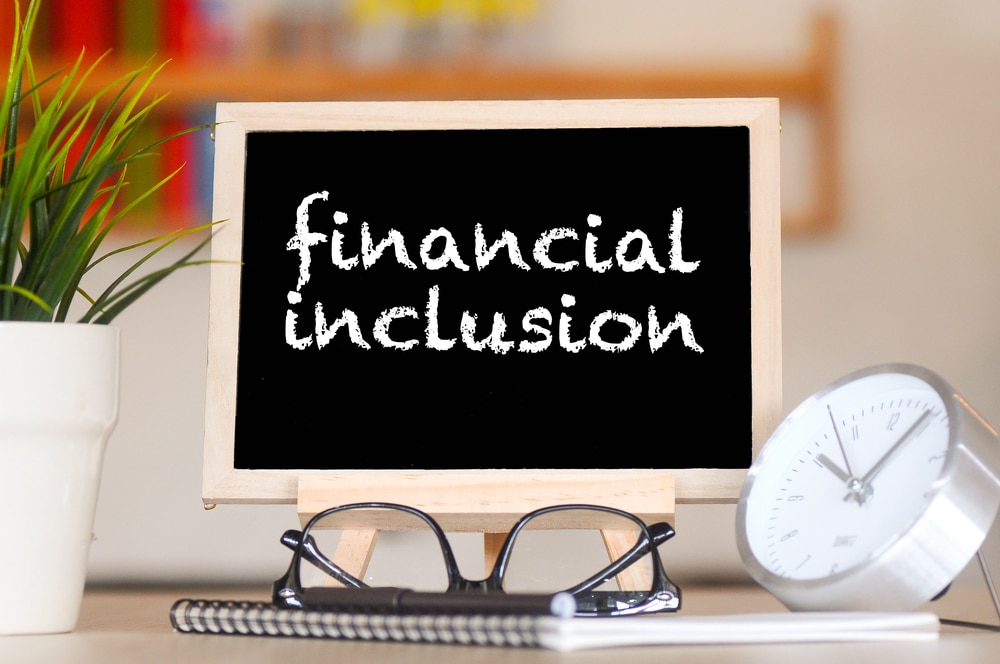You have probably heard of the term financial inclusion. But what does it mean? Keep reading this article to learn about financial inclusion and its importance.
Defining Financial Inclusion
Simply put, financial inclusion means all efforts channeled toward making financial services and products affordable and accessible to all businesses and individuals, regardless of their company size or personal net worth. This concept is designed to lower the barriers that usually exclude people from engaging in the financial sector.
📈🤖 Unlock unparalleled trading potential with GPT Stocks Master AI! Revolutionize your portfolio, leveraging real-time insights and predictive analytics. Don’t miss out – step into a world where precision and profitability meet. Ready to transform your trading journey? Click “Master My Trades” now for your exclusive access! ✨🚀📊
How Does Financial Inclusion Work?
According to the World Bank, financial inclusion plays a crucial role in facilitating daily living, along with helping businesses and families plan for short-term and long-term goals. The bank adds that people are likely to utilize financial services like insurance, savings, and credit to start or expand their businesses, manage risk, and invest in health or education, thus significantly improving their life quality.
While financial inclusion still faces challenges, several innovations have emerged to help improve access to financial services for the underserved. For instance, the emergence of financial technology has made it easy for the global population to access financing at relatively low costs.
Areas of Financial Inclusion
Financial Literacy and Education
Financial literacy and education means offering financial education to people to equip them with the necessary financial skills and knowledge. This allows them to make proper financial decisions and budget appropriately.
Accessible and Affordable Banking Services
Making banking services accessible and affordable ensures that the underbanked and unbanked people can engage in the financial sector. By providing low-cost accounts and no-frills savings accounts, banks enable financial inclusion at lower levels.
Gender Disparities
Women’s World Banking reports that women have a higher probability of owning inactive bank accounts than men. Therefore, by implementing gender-specific initiatives to promote financial inclusion, women could be empowered economically to close the wide gender gap seen in financial services.
Inclusive Credit Scoring
Conventional credit scoring systems block those with poor credit history from accessing credit. Therefore, financial inclusion seeks to explore other credit scoring techniques to allow more people to access funds, which can help improve their lives.
Consumer Protection
Ensuring that consumers are protected within the financial sector is one of the goals of financial inclusion. This concept advocates for transparent pricing, ethical conduct by banks, and fair treatment.
Why is Financial Inclusion Necessary?
Financial inclusion minimizes inequality and poverty: Financial inclusion offers opportunities for low-income and marginalized people to access financial services like insurance, savings, and credit. This helps to bring down economic disparities and lift individuals out of poverty.
Financial inclusion fuels economic growth: When more individuals acess financial services, they’re able to take part in building the economy by embracing entrepreneurship and investments.
Financial inclusion is good for small businesses: In most cases, traditional banks deny small companies access to credit. But thanks to financial inclusion, we now have online lending platforms that allow small businesses to get financing.
Financial inclusion fuels innovation: As mentioned earlier, there are several innovations that seek to make financial services more accessible.
Technology and Financial Inclusion
Technology is playing a key role in promoting financial inclusion. The following are some of the ways technology is making sure financial services are delivered more efficiently.
Mobile Banking
Financial institutions have developed mobile banking apps to allow customers to access their accounts whenever they are without visiting bank branches. You can use a mobile banking app to transfer funds, pay bills, and apply for quick loans in the comfort of your home.
Agent Banking
People in remote areas where major banks are unavailable can still open accounts through agents who act as middlemen of those big banks. After opening an account, you can deposit, transfer, and withdraw funds from those agents.
Online Lending Apps
Online lenders have adopted new credit scoring systems to allow more individuals to access credit. For example, they may check your transaction history on your phone to determine your creditworthiness.
Blockchain
Those who do not own conventional bank accounts due to restrictions can now take part in the digital economy thanks to blockchain technology, which allows anyone to transact.

